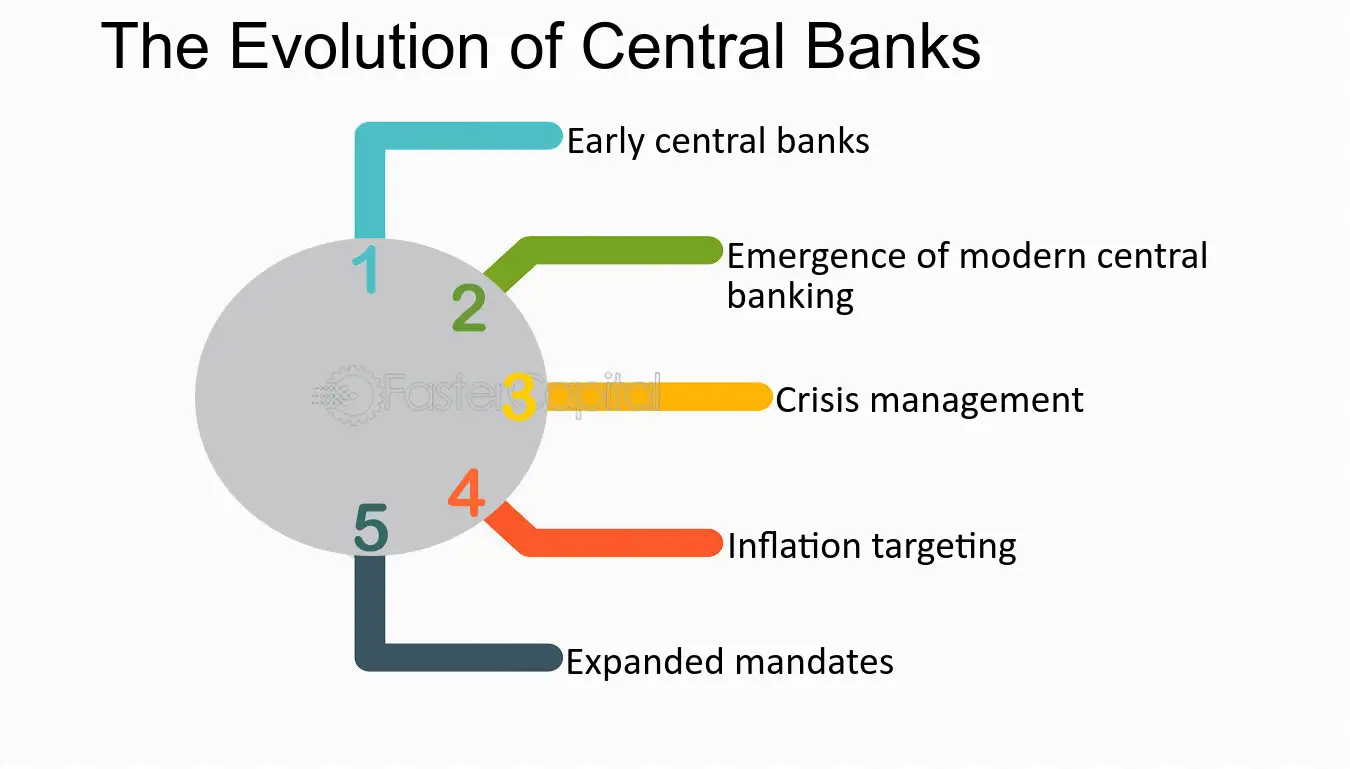Decoding Central Bank Policies: How They Shape Global Markets

21/08/2025
Author: Kamrul
Central banks may seem distant, but their decisions affect everything from the price of your morning coffee to global stock markets. Understanding how their policies influence financial markets is essential for investors, business owners, and anyone curious about the economy.
Key Tools Central Banks Use
1. Interest Rates
Changing the benchmark interest rate is one of the most visible tools. Lower rates encourage borrowing and spending, while higher rates help cool down inflation.
2. Open Market Operations
Buying or selling government securities adjusts liquidity, influencing investment and consumer behavior.
3. Reserve Requirements
By determining how much banks must hold in reserve, central banks control lending capacity, directly affecting credit flow.
4. Quantitative Easing
Injecting liquidity through long-term asset purchases helps stimulate the economy during downturns.
How Central Bank Policies Affect Markets
Stock Markets
Lower interest rates often push investors toward stocks, fueling rallies. Conversely, rate hikes can slow market momentum.
Currency Markets
Changes in interest rates influence currency strength, affecting international trade and investment.
Bond Markets
Policy decisions shape yields, impacting borrowing costs for governments and corporations.
Commodities
Liquidity changes and currency shifts can ripple through commodity prices, especially for globally traded resources.
The Emotional Side of Market Reactions
Markets aren’t just numbers—they’re human. Investor sentiment reacts strongly to central bank moves. Optimistic signals can spark rallies, while unexpected tightening can trigger fear and volatility. Emotional reactions often amplify the effect of policy changes.
Lessons for Investors and Businesses
Understanding central bank policies helps in anticipating market movements. Monitoring interest rates, liquidity measures, and policy signals can guide smarter investment decisions and risk management strategies.
Looking Ahead
Central banks face new challenges—digital currencies, geopolitical risks, and economic uncertainties. Their decisions will continue to shape markets, making it vital for investors and businesses to stay informed and adaptable.
Conclusion
Central bank policies aren’t abstract—they impact everyday life, investments, and global markets. By understanding their tools and effects, anyone can navigate the financial landscape with confidence and foresight.


















